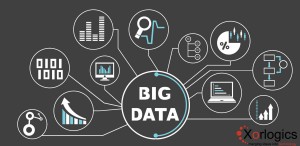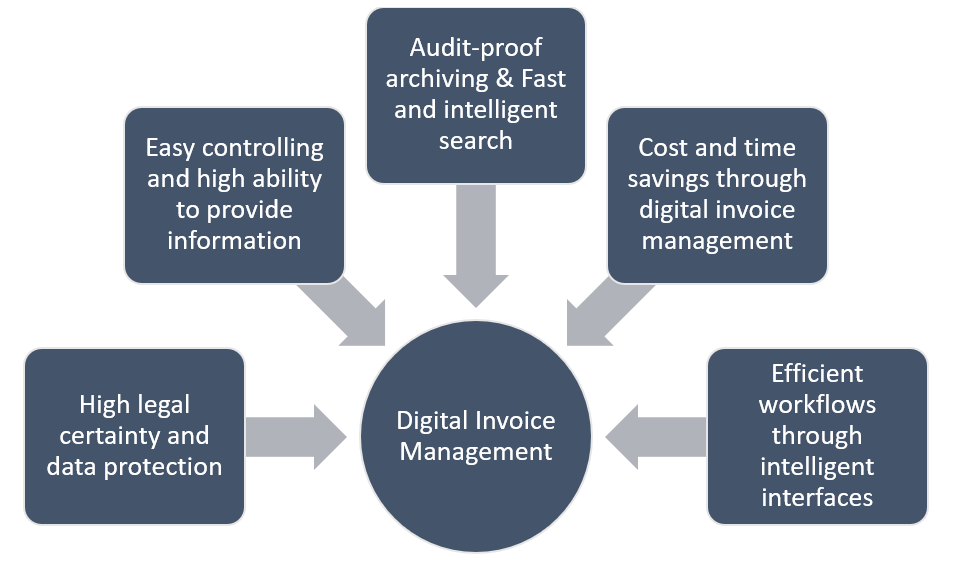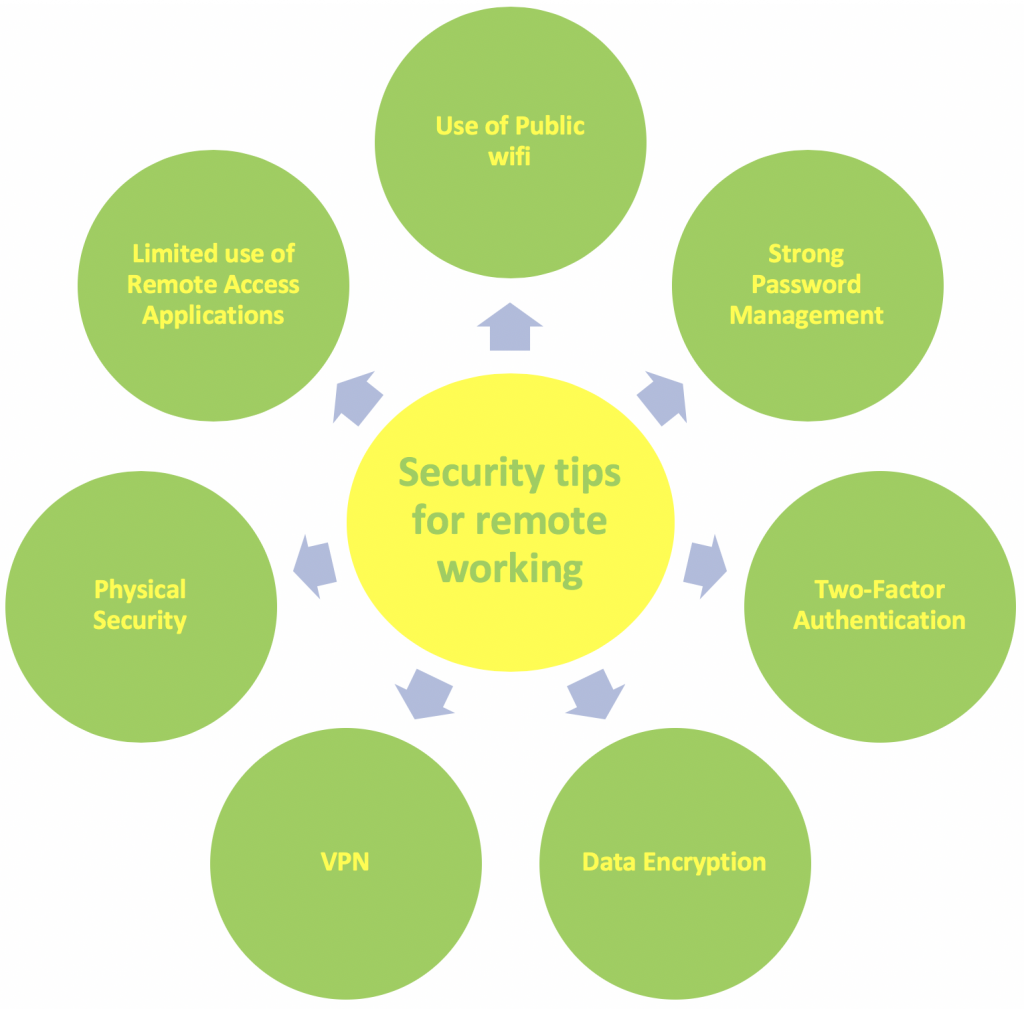#ITSM: 2024 Top Trends in IT Service Management
With advancing digitalization and the dynamic landscape, the requirements for IT service management (ITSM) are changing. In 2024 also, it’ll continue to evolve to meet the changing demands of the digital landscape. At the same time, companies are under increasing pressure from global challenges such as supply chain problems, inflation, and recession. To increase the productivity of their IT departments, companies need solutions that can optimize processes with the help of AI & ML. Here are some trends and requirements you can expect:

-
- Automation and Artificial Intelligence (AI): Automation will play a significant role in ITSM, enabling faster incident resolution, proactive problem management, and streamlined processes. The Europe AI market size was valued at USD 33.65 Billion in 2022 and is expected to reach USD 325.29 Billion by 2032. AI-powered chatbots and virtual assistants will become more common, providing self-service options and improving user experience & support. ChatGPT is the biggest trend of this example. If answers to a problem exist in the database, a large proportion of service requests can be answered automatically using AI. The user usually receives a solution immediately via the self-service portal, leading to increased user satisfaction and employee loyalty.
-
- DevOps Integration: Collaboration between ITSM and DevOps is becoming more critical. ITSM processes will align with DevOps practices, emphasizing collaboration, continuous delivery, streamlined processes, and rapid deployments. This integration will require ITSM professionals to adapt their skills and work in a more agile environment by improving overall communication and enhancing the overall efficiency of IT service delivery.
-
- Cloud Service Management: In general, cloud use continues to be a trend primarily due to the continuously improved offers and also because the legal and regulatory framework is no longer as complex as it used to be. As cloud adoption continues to grow, organizations will need ITSM frameworks specifically designed for managing cloud-based services. This includes managing infrastructure-as-a-service (IaaS), platform-as-a-service (PaaS), and software-as-a-service (SaaS) offerings and ensuring security.
-
- Security and Compliance: With increasing cybersecurity threats, ITSM will need to prioritize security and compliance. This includes implementing robust security measures, conducting regular audits, and ensuring compliance with industry regulations like GDPR and CCPA.
-
- User Experience Focus: ITSM will shift its focus to improving user experience by providing intuitive self-service portals, quick response times, and personalized support. Customer satisfaction and feedback will be crucial for evaluating the effectiveness of ITSM processes.
-
- Data-Driven Decision Making: ITSM will rely more on data analytics to make informed decisions. By leveraging data from various sources like incident records, service request patterns, and user feedback, organizations can identify trends, predict issues, and continuously improve their ITSM practices.
-
- Service Integration and Management (SIAM): As organizations increasingly rely on multiple suppliers and vendors, implementing effective SIAM practices will become crucial. SIAM helps orchestrate and manage services delivered by various vendors, ensuring seamless integration and efficient service delivery.
AI, improving the digital employee experience and desktop as a service, new technologies, and usage models are changing IT service management in companies. To keep up with these trends and requirements, ITSM professionals should focus on developing skills in automation, AI, DevOps, cloud management, security, data analytics, and SIAM. It is also important to stay updated with industry best practices and certifications such as ITIL 4 (Information Technology Infrastructure Library) and COBIT (Control Objectives for Information and Related Technologies).





